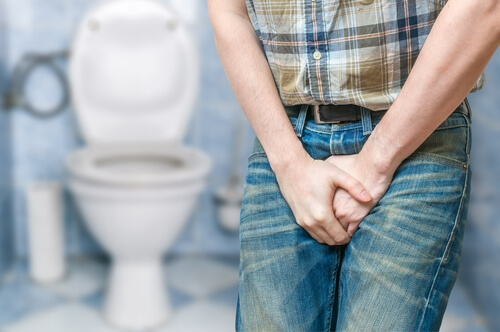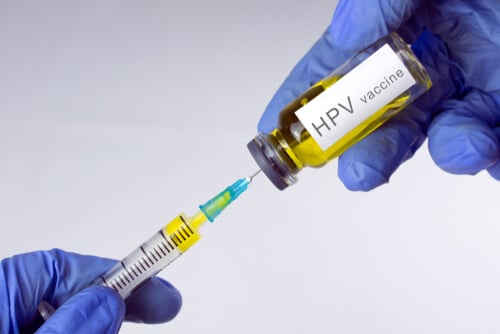
How to diagnose urinary incontinence?
History and clinical examination:
Through a proper history, we are getting and clarifying the types of urinary incontinence as well as taking a history of obstetric and gynaecological history. All relevant information related to incontinence such as other diseases, medications, previous therapies and current therapy goals are recorded. Assessment will include urogynecology organs.
Questionnaires:
Your answers to our questions will help us get an optimal diagnosis to achieve a perfect treatment.
Micturition log/ micturition diary:
Recording the voiding amount and time (day and night) of urination for 2-3 days is helpful for a successful treatment.
Urine investigation:
This is to exclude infections which can worsen the problem.
Residual urine control:
The treatment plan depends on the result of residual urine volume which can be determined sonographically. We will control the remaining amount of urine which is staying in the bladder after urination.
Pad test (weighing test):
In this test, we get information about the severity of incontinence during follow-up to assess the success of treatment. The pad test is used to quantify urine loss.
Urodynamics examination:
It is a non-invasive method which distinguishes between some diseases and to get proper treatment for bladder diseases as a result of neurologic infections or anatomic causes. Urodynamics is used to evaluate the pressure between the bladder and the urethra to see the functional status. It depends on using advanced technique computer and fluids to achieve the procedure.
Cystography and micturition cyst urography:
During this examination, an anatomic situation of the urethra/ neck is identified and prolapse/ cystocele is excluded or diagnosed. Both are considered to be the primary diagnostic method. It is not indicated for small stress incontinence.
Urogenital ultrasound:
It is done for assessment of the bladder, urethra, pelvic and abdominal organs, and pelvic floor muscle. Sonography is recommended before, during and after treatment.
Urethral Cystoscopy:
In some cases, this is done before starting the treatment to exclude any stones or tumours and to evaluate some cases of urge symptoms, emptying disorders, recurrent urinary tract infections, or hematuria.
Topic: Urology Blogs










Leave a comment